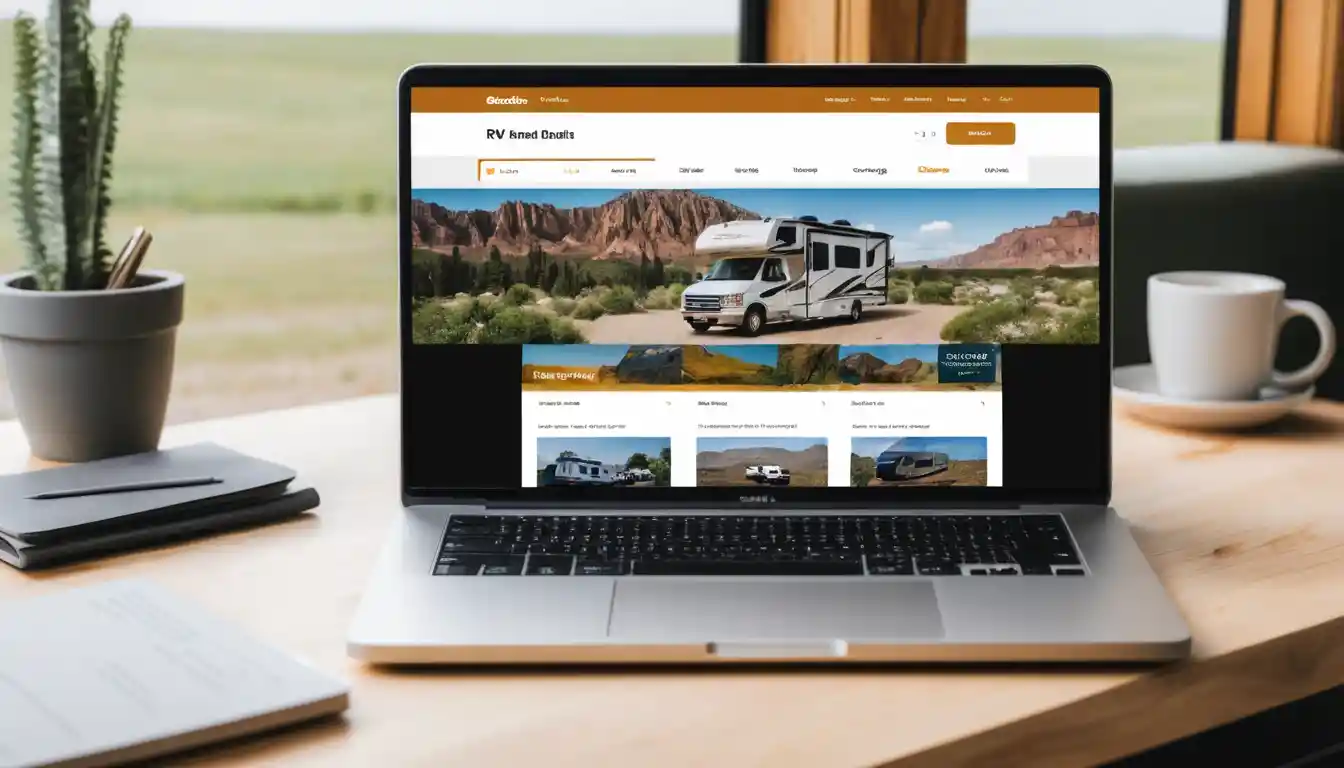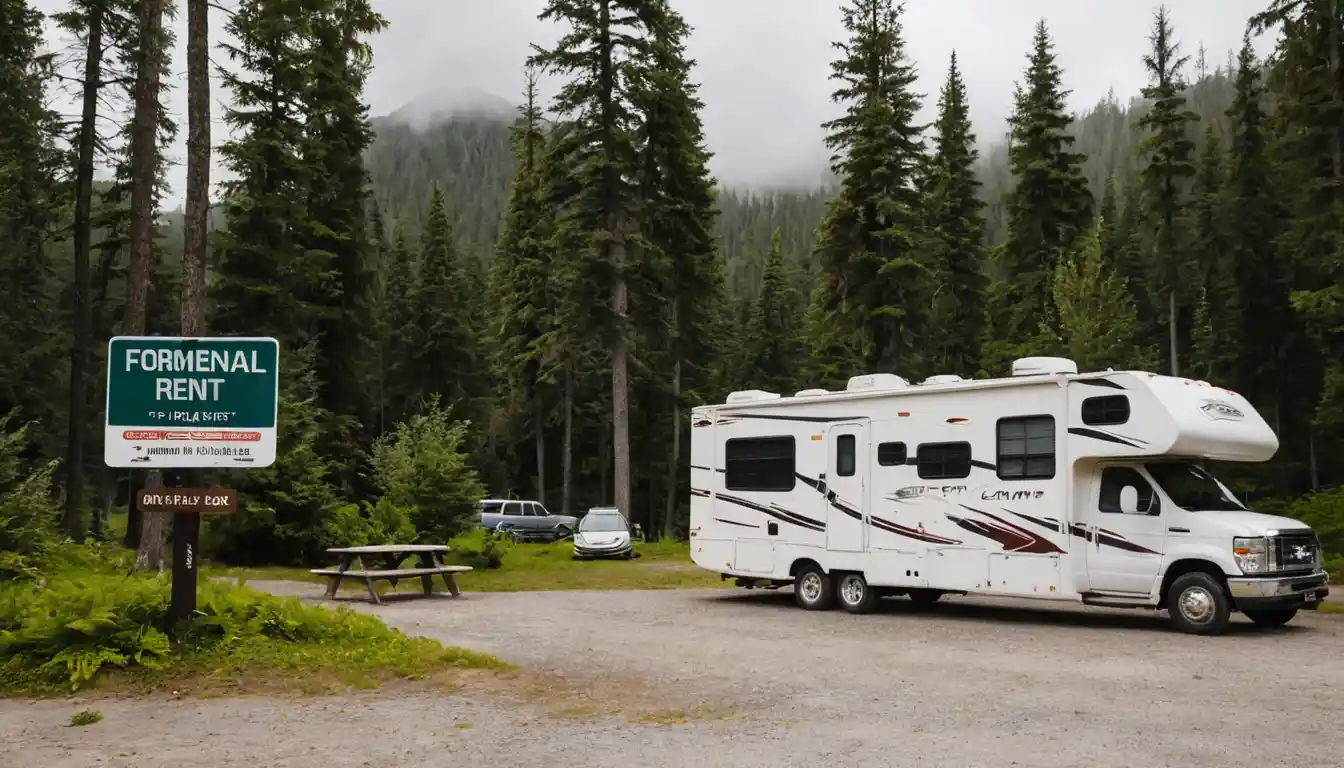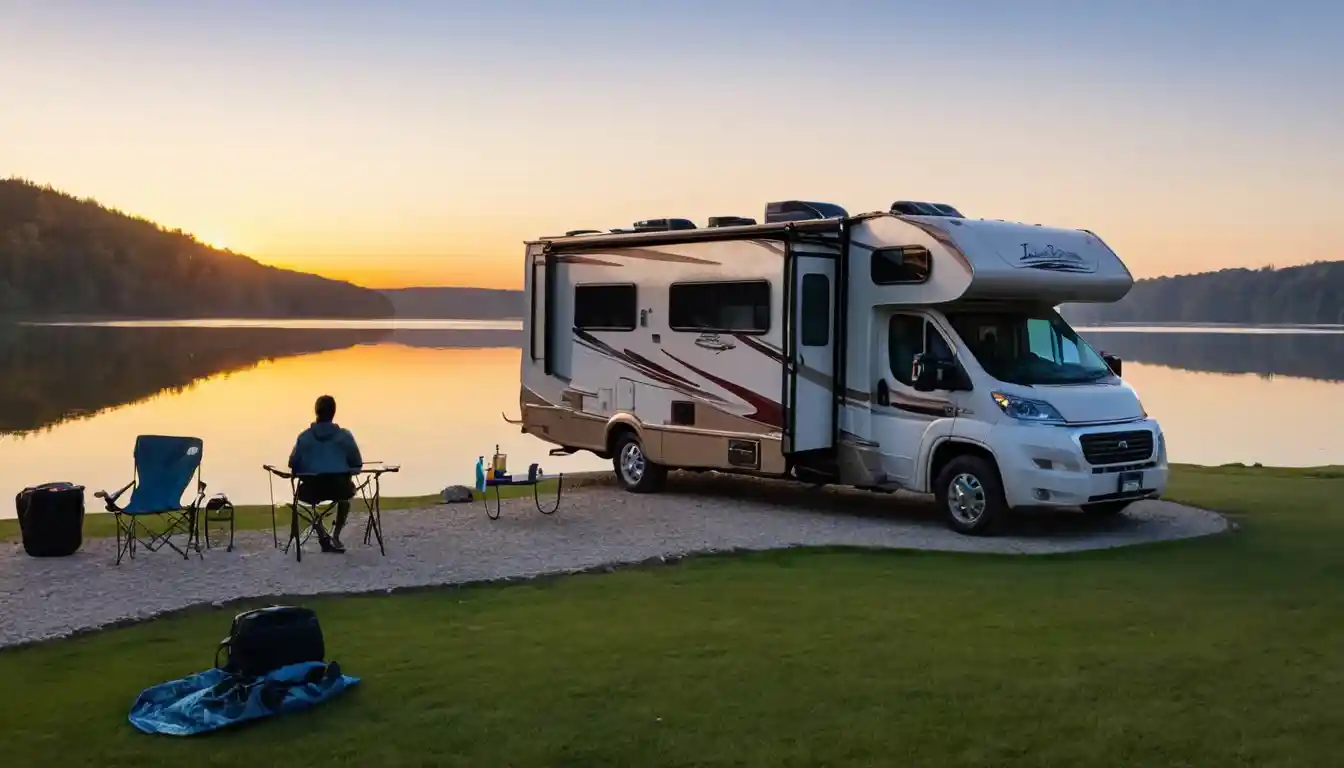Are you an RV owner who’s looking to earn some extra cash? Or maybe you’re interested in turning your RV into a source of passive income? With the rising popularity of road trips and RV travel, now is the perfect time to explore how to rent out your RV and make the most of your investment. This step-by-step guide will walk you through everything you need to know about renting out your RV, from setting up the rental to managing bookings and maximizing your earnings.
Why Rent Out Your RV?
Renting out your RV is not just a way to make money—it’s also an opportunity to connect with other travelers, share the joy of RV life, and put your vehicle to good use when it might otherwise be sitting idle. The RV rental market has been growing rapidly, especially with the increased demand for unique travel experiences, such as RV camping and road trips across the USA. Whether you own a luxurious motorhome or a cozy camper, renting it out can provide you with a steady stream of income.
Here are a few reasons why renting out your RV might be a great option:
Earn Extra Income: Depending on your RV’s model and the time of year, renting it out can generate significant revenue.
Maximize Your RV’s Usage: If you’re not using your RV often, it’s a smart way to ensure it doesn’t sit unused for long periods.
Tap Into a Growing Market: RV rentals are becoming increasingly popular as more people seek alternative travel options and experiences.
Now that you know the benefits, let’s dive into the practical steps on how to rent out your RV successfully.
Step 1: Assess Your RV for Rental
Before you start listing your RV for rent, it’s important to assess whether it’s ready for this venture. Here are a few things to consider:
Condition of the RV: Ensure your RV is in good working condition. Perform regular maintenance and address any repairs before renting it out. Potential renters will want to feel confident in the vehicle’s reliability.
Insurance Coverage: Check your current RV insurance policy to see if it covers rentals. If not, you may need to purchase additional coverage or find a rental platform that provides insurance for both you and the renter.
Equipment and Amenities: Clean the RV thoroughly and ensure all equipment, such as the kitchen, bathroom, and electrical systems, is functional. Having a well-equipped RV with all the necessary amenities (like bedding, cookware, and camping gear) will make your listing more attractive to renters.
Mileage and Age of the RV: Newer RVs tend to be more desirable, but don’t worry if yours is a bit older. Just make sure it’s properly maintained and provides a great experience for your renters.
Step 2: Choose the Right Platform
There are several online platforms where you can list your RV for rent, such as Outdoorsy, RVshare, and Craigslist. These platforms are specifically designed to connect RV owners with renters, making the process easy and convenient.

Popular Platforms for Renting Out Your RV:
Outdoorsy: One of the leading platforms for RV rentals, Outdoorsy offers insurance options and provides a secure environment for both owners and renters.
RVshare: This platform connects RV owners with renters and also offers insurance, along with a simple booking process.
Turo: Known for car rentals, Turo has expanded to include RVs. If you’re already familiar with the platform for renting out your car, it could be a great option.
Facebook Marketplace: A more informal option, Facebook Marketplace allows you to list your RV for rent locally, but you’ll need to manage the transactions and logistics yourself.
Step 3: Set Your Rental Rates
Setting the right rental rate is crucial to attracting potential renters while also ensuring that you’re earning a reasonable return. Here are some factors that can influence your pricing:
Seasonality: RV rental prices can fluctuate based on the time of year. Summer months tend to be the peak season for RV travel, and demand will be higher. Conversely, you may need to lower your rates during the off-season to remain competitive.
Model and Age: Newer, more luxurious RVs typically command higher rental rates. However, older models that are well-maintained can still attract renters if priced competitively.
Additional Fees: Consider whether you want to charge extra for amenities such as propane, cleaning fees, or mileage. Make sure these fees are clearly communicated in your listing to avoid confusion.
Daily, Weekly, or Monthly Rates: Offering discounts for longer rentals (weekly or monthly) can help attract more renters. However, be sure that the pricing reflects the wear and tear on your RV.
Step 4: Write an Attractive Listing
When listing your RV, it’s important to craft a compelling description that highlights its key features and makes it stand out from the competition. Here’s how to create an engaging and SEO-friendly listing:
Start with a Catchy Title: Make sure your title includes the RV model, and possibly its most desirable feature. For example, “Spacious 2022 Winnebago with Full Kitchen and Sleeps 6” will attract renters who want comfort and space.
Describe Key Features: Highlight the best aspects of your RV, such as the number of beds, the availability of a full kitchen, outdoor accessories (e.g., awnings, barbecues), and entertainment systems. Include photos of both the interior and exterior to give potential renters a clear idea of what they can expect.
Mention Extras: If you offer extras like outdoor gear, pet-friendly accommodations, or Wi-Fi, be sure to include these in your description. Renters will appreciate knowing what additional conveniences are included in the price.
Use Keywords Effectively: To make your listing more discoverable, use relevant keywords like “RV rental,” “rent an RV,” or “how to rent out your RV” throughout your description. But be careful not to overstuff keywords—keep it natural and easy to read.
Step 5: Manage the Booking Process
Once your RV is listed and you start receiving inquiries, it’s important to manage the booking process smoothly. Here’s how:
Communicate Promptly: Respond to inquiries as soon as possible. Be clear about your RV’s availability, terms, and any additional charges.
Create a Rental Agreement: Having a rental agreement in place can help protect both you and the renter. This document should outline the rental duration, insurance coverage, mileage limits, and any additional fees.
Screen Renters: Platforms like Outdoorsy and RVshare allow you to vet potential renters, ensuring that they have the necessary experience to drive and maintain an RV. Always check the renter’s driving history and reviews if available.
Conduct a Pre-Rental Walkthrough: Before the renter takes off, do a walkthrough of the RV with them. Show them how to operate key systems and explain the dos and don’ts. This helps avoid misunderstandings later.
Step 6: Provide Excellent Customer Service
To ensure your renters have a great experience and return in the future, focus on delivering exceptional customer service:
Maintain Clear Communication: Keep in touch with renters throughout the rental period to address any questions or concerns.
Be Flexible with Pick-Up and Drop-Off: Offering convenient pick-up and drop-off times can make your RV more appealing to renters.
Check for Damage: After the rental period, inspect the RV thoroughly for any damage. If there’s an issue, discuss it with the renter and consider charging for repairs if needed.
Step 7: Reap the Rewards of Renting Out Your RV
By following these steps, you can start earning money by renting out your RV. Depending on your RV’s model, age, and the rental platform, you could earn anywhere from $50 to $250 per day or more. Don’t forget to factor in the ongoing maintenance costs, insurance fees, and any additional services you provide.

Frequently Asked Questions
What is the best platform to rent out my RV?
There are several platforms where you can list your RV for rent, with some of the most popular being Outdoorsy, RVshare, and Turo. These platforms offer insurance, secure transactions, and a large audience of potential renters. The best platform depends on your location and the type of RV you own, so it’s worth exploring multiple options to see which one aligns best with your needs.
How much can I charge for renting out my RV?
The amount you can charge to rent out your RV depends on factors like the RV’s model, age, amenities, and location. On average, RVs can be rented for anywhere between $50 to $250 per day. Rates tend to be higher during peak seasons like summer, and you can also offer discounts for longer rentals. Be sure to check what other RV owners are charging in your area to set a competitive price.
Do I need insurance to rent out my RV?
Yes, it’s crucial to have insurance coverage when renting out your RV. Some rental platforms, such as Outdoorsy and RVshare, offer insurance options that cover both you and the renter. If you’re renting out your RV privately, you may need to purchase additional insurance coverage or check with your current policy to see if it covers rentals.
How do I ensure my RV is in good condition for renting?
To ensure your RV is ready for renters, conduct regular maintenance and repairs. Clean the RV thoroughly inside and out, check for any mechanical issues, and make sure all appliances and systems (such as plumbing, heating, and electricity) are functioning properly. If any problems arise, address them promptly to avoid negative reviews and ensure a smooth rental experience.
Can I rent my RV if I only use it seasonally?
Yes! Renting out your RV while it’s not in use during the off-season is a great way to earn extra income. Many RV owners rent their vehicles out only for a few months each year, particularly during peak travel seasons. By listing your RV during these times, you can maximize your earnings without worrying about year-round bookings.
Conclusion
Now that you know how to rent out your RV, it’s time to take action and start earning money from your vehicle. With the right planning, an attractive listing, and a focus on customer satisfaction, you can turn your RV into a profitable source of income. Whether you’re looking to fund your next road trip or just want some extra cash, renting out your RV could be the perfect solution.





